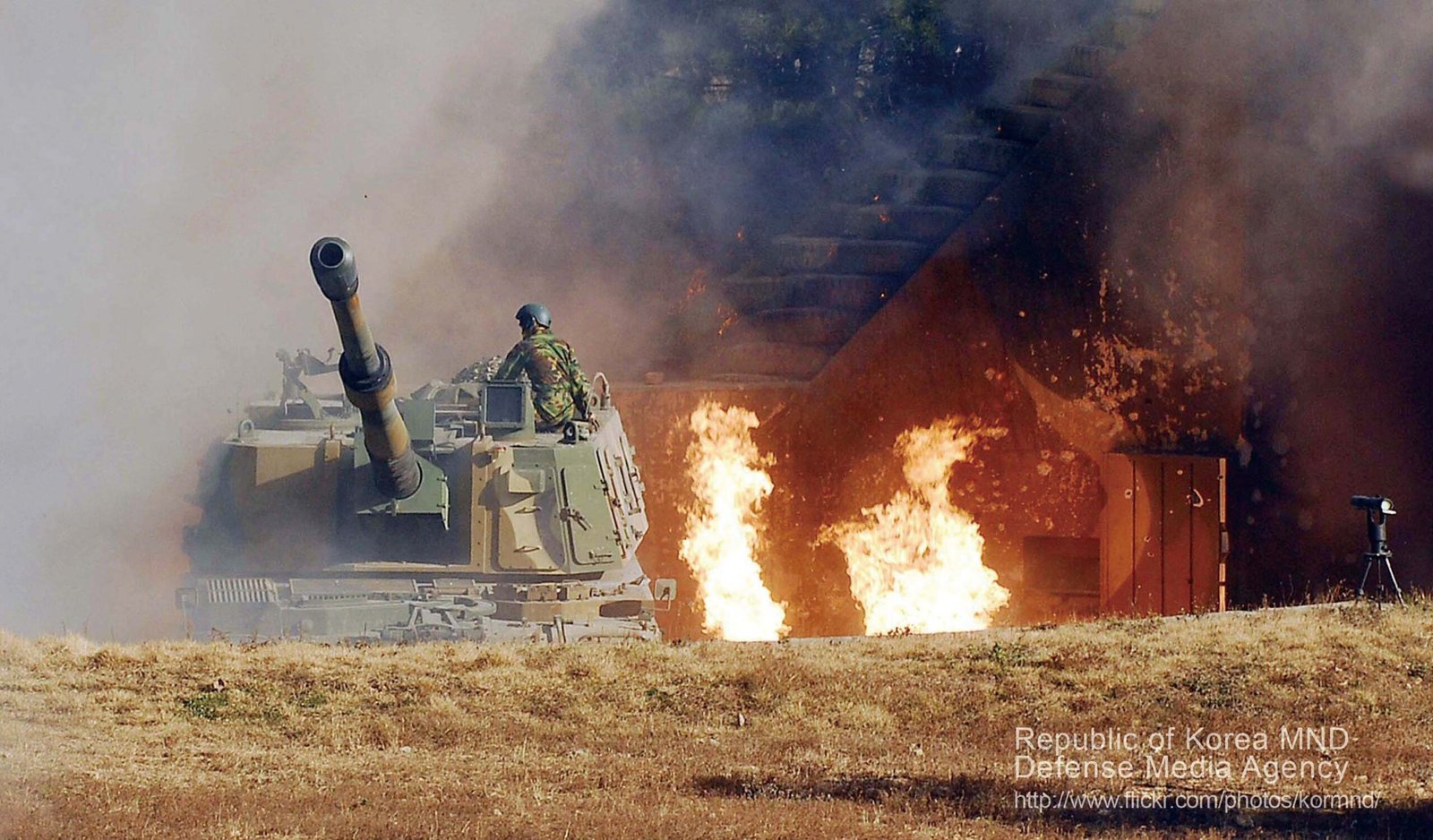Buenos Aires, Argentina – It’s about lunchtime, and a buzz of action fills the wide central hallway of Centro Universitario San Martin (CUSAM), a college in the state of Buenos Aires.
People stream in and out of classrooms. A few understudies surge off to get a fast supper. Others accumulate in the director’s office to wrangle about the state of Argentina’s instruction system.
Were it not for the tall wall topped with razor wire or the numerous security checkpoints, CUSAM might appear like any other higher-education facility.
But CUSAM is arranged in the San Martin jail, a maximum-security office found almost an hour from Argentina’s capital city.
There, detained men and ladies — as well as jail staff — go to in-person classes associated with the National College of San Martin, a open college based adjacent. They can indeed win degrees in humanism and social work.
“This is like any other college. It fair happens to be in a prison,” said Matias Bruno, a teacher from the National College who works at CUSAM.
Argentina’s Growing Prison Population and Education Cutbacks: The Impact of President Milei’s Reforms and the Role of CUSAM
Argentina’s jail populace proceeds to develop and speculation in open instruction falters, specialists like Bruno fear less and less assets may be committed to instruction behind bars.
That fear has mushroomed in the months since libertarian President Javier Milei took office in December. As portion of his cost-cutting plan, Milei has coasted the thought of privatizing the country’s jail framework and building modern offices to house up to 6,000 individuals at a time.
Still, one man’s victory story has come to symbolize the potential of jail instruction programs like CUSAM.
After all, he did not fair advantage from the program. He made a difference to found it.




One thought on “Buenos Aires, Argentina ran afoul of the law. But behind bars, his love of education would help others find freedom”